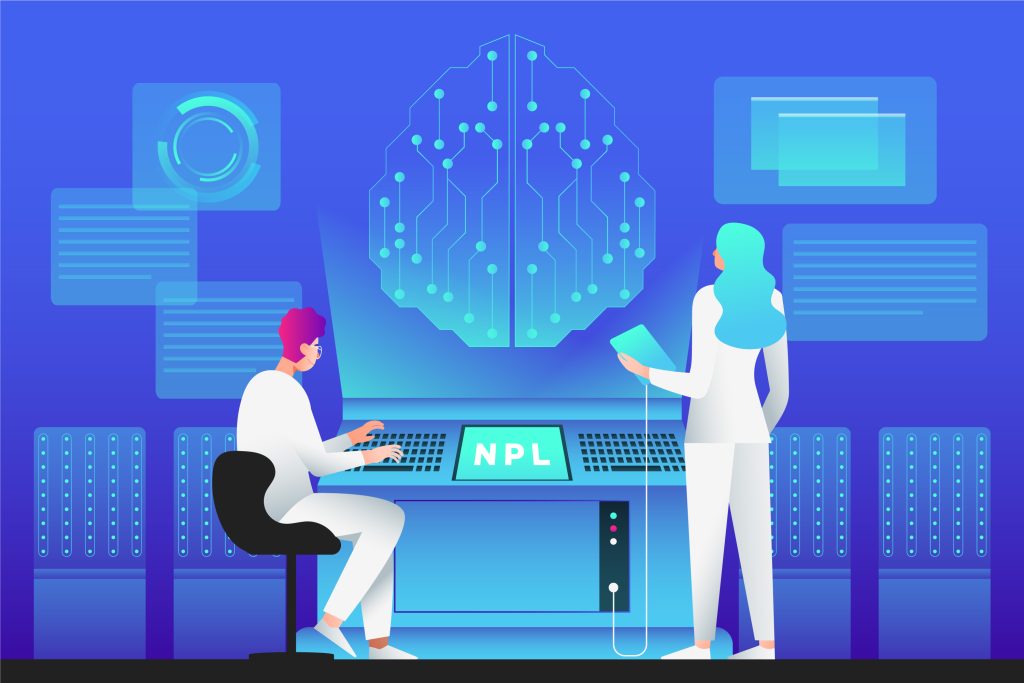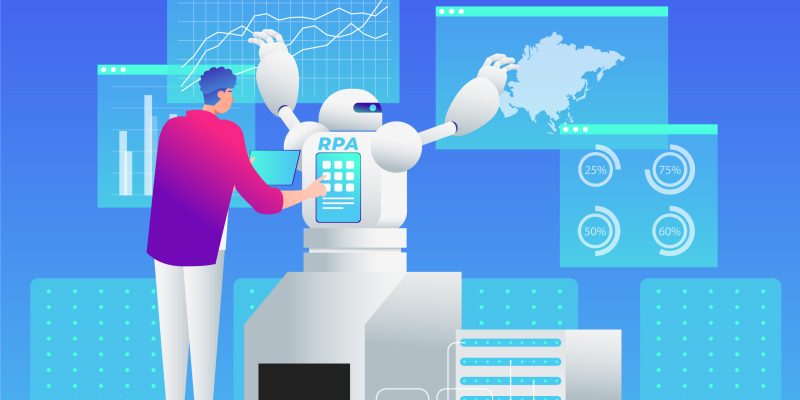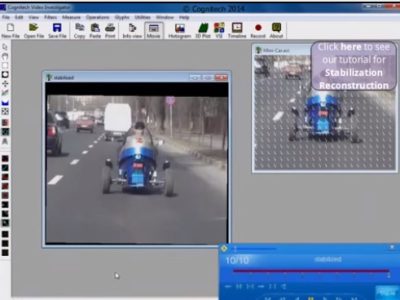Machine vision, also known as computer vision, is a field that focuses on teaching machines to “see” and interpret images or videos. Though it has been around for decades, recent advances in artificial intelligence and machine learning have made it more powerful than ever. In this post, we’ll cover the basics of machine vision, its various applications, the advantages and challenges it poses, and what the future holds for this exciting technology.
Understanding Machine Vision
Machine vision systems consist of a set of components that work together to capture, analyze, and interpret visual data. These components include cameras, lenses, image sensors, lighting, processors, and software. Machine vision systems can be categorized into three types: 2D, 3D, and hyperspectral imaging. 2D machine vision systems capture images in two dimensions, while 3D systems capture images in three dimensions, allowing for more accurate depth perception. Hyperspectral imaging captures data across the electromagnetic spectrum, allowing for precise material identification.
Machine vision systems work by capturing images or videos and then processing the data to extract useful information. The data is then analyzed using algorithms, which can be trained using machine learning techniques. The output of the system can be used to control automated systems, provide quality control in manufacturing, or identify and track objects in surveillance applications.
Applications of Machine Vision

Machine Vision and Artificial Intelligence
Machine vision, also known as computer vision, has a wide range of applications across various fields. In this post, we’ll explore some of the most common applications of machine vision technology.
- Manufacturing
One of the primary applications of machine vision is in manufacturing. Machine vision is used to detect defects, maintain quality control, and optimize processes. For example, machine vision systems can inspect parts and products for defects, such as cracks or missing components, and sort them accordingly. This reduces waste and increases efficiency, ultimately resulting in cost savings.
- Healthcare
Machine vision technology has significant applications in the healthcare industry, specifically in medical imaging and diagnoses. For instance, machine vision can aid in the detection of tumors and abnormalities in medical scans like X-rays, MRIs, and CT scans. Additionally, machine vision systems can be used in robotic surgeries, assisting doctors in performing operations with greater accuracy and precision.
- Automotive Industry
Machine vision has become increasingly important in the automotive industry. It is used to enhance safety, improve driver assistance systems, and enable autonomous driving. For example, machine vision systems are used in lane departure warning systems, adaptive cruise control, and collision avoidance systems. Additionally, machine vision is used in the manufacturing process to inspect and ensure the quality of automotive parts.
- Agriculture
Machine vision technology is also used in the agricultural industry. It is used to aid in crop monitoring, yield optimization, and quality control. For example, machine vision systems can be used to monitor crop growth and identify potential problems, such as pests and diseases. This helps farmers to take proactive measures, ultimately improving crop yield and quality.
- Surveillance
Machine vision technology is used extensively in surveillance applications. It is used to identify, track, and detect objects in real-time, improving security measures. For example, machine vision systems can be used in airports and train stations to identify potential security threats, such as weapons and explosives.
- Other Fields
Machine vision technology has applications in several other fields as well, such as sports, retail, and entertainment. For instance, machine vision systems are used in sports to track player movements and analyze game statistics. In the retail industry, machine vision is used for inventory management, product placement, and customer analysis. Additionally, machine vision is used in the entertainment industry for special effects and animation.
Advantages of Machine Vision
Machine vision, also known as computer vision, offers many advantages to businesses and industries. Here are some of the key benefits of using machine vision technology:
- Increased efficiency
Machine vision systems can perform repetitive tasks with greater speed and accuracy than humans. This leads to increased efficiency and productivity, as machines can work around the clock without getting tired or making mistakes.
- Improved accuracy
Machine vision systems are highly accurate and can detect defects and errors in real-time. This leads to improved quality control and reduced waste.
- Reduced costs
By automating tasks that were previously performed by humans, machine vision technology can significantly reduce labor costs. Additionally, it can help prevent costly errors and defects, which can save businesses money in the long run.
- Enhanced safety
Machine vision technology can be used to improve safety in various industries, such as manufacturing and automotive. For example, it can detect potential safety hazards and alert workers to take action to prevent accidents.
- Better quality control
Machine vision systems can perform detailed inspections and identify even minor defects, leading to better quality control and higher customer satisfaction.
- Increased productivity
By automating tasks and reducing errors, machine vision technology can lead to increased productivity and output. This is particularly valuable in industries with high demand and tight deadlines.
Challenges in Machine Vision
Despite the many advantages of machine vision, there are still several challenges that need to be addressed. These challenges include limitations of current technology, technical challenges in designing machine vision systems, availability of trained personnel, integration with existing systems, and data privacy and security concerns. Machine vision systems can also be affected by external factors such as lighting and environmental conditions.
Future of Machine Vision
The future of machine vision is promising, with advancements in machine learning and artificial intelligence. Machine vision systems will become more intelligent and efficient, and will be integrated with other technologies such as the Internet of Things (IoT). This will enable more accurate and real-time data analysis, allowing for better decision-making in various industries. Machine vision systems will also become more accessible and user-friendly, allowing businesses of all sizes to benefit from the technology.
Conclusion
In conclusion, machine vision technology is transforming various industries by enabling machines to see, interpret, and understand visual data. The technology has many advantages, including increased efficiency, improved accuracy, reduced costs, enhanced safety, better quality control, and increased productivity. However, there are still several challenges that need to be addressed, including technical challenges, availability of trained personnel, and data privacy and security concerns. The future of machine vision is promising, and businesses that adopt the technology early will have a competitive advantage in the market.












Comments